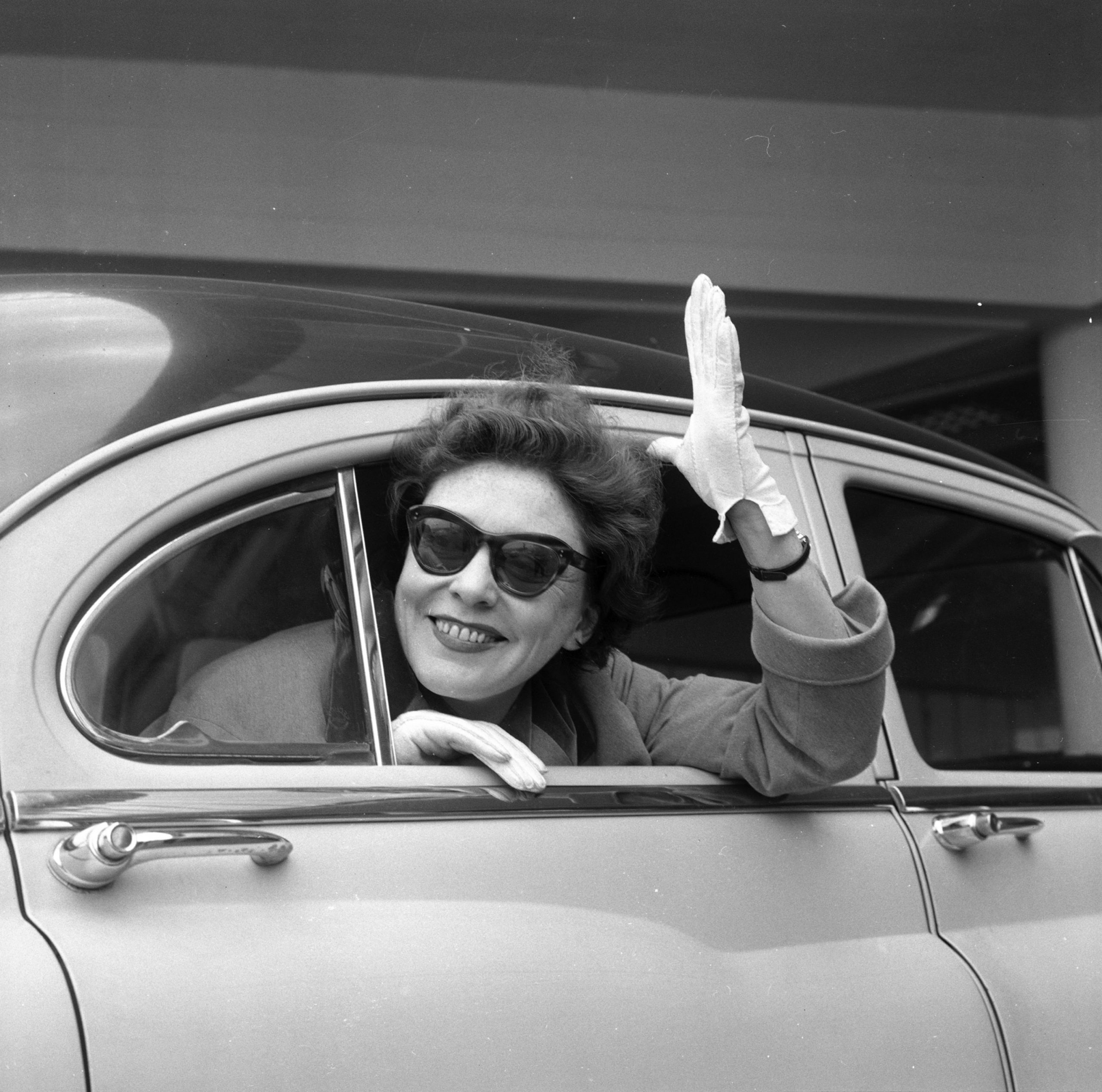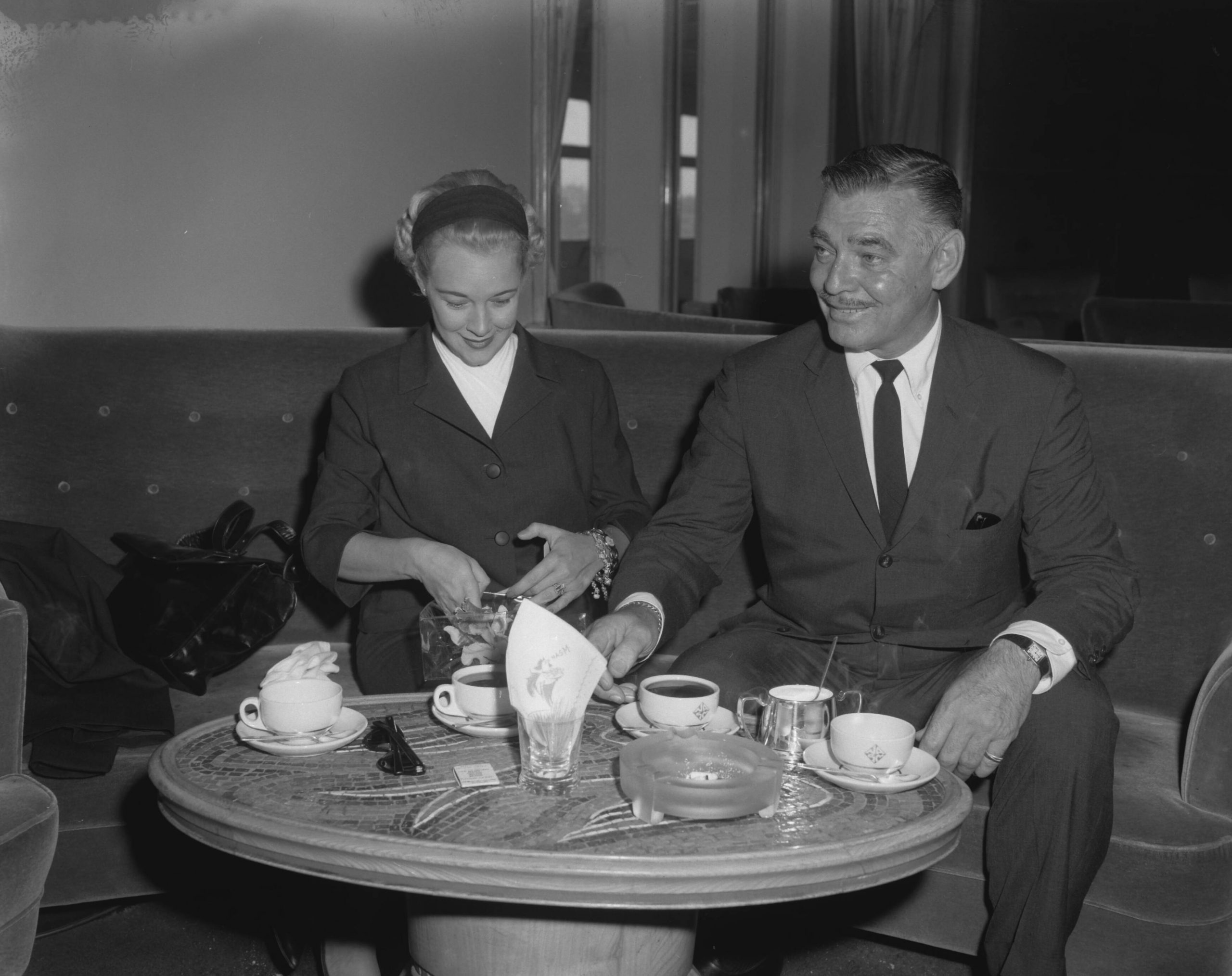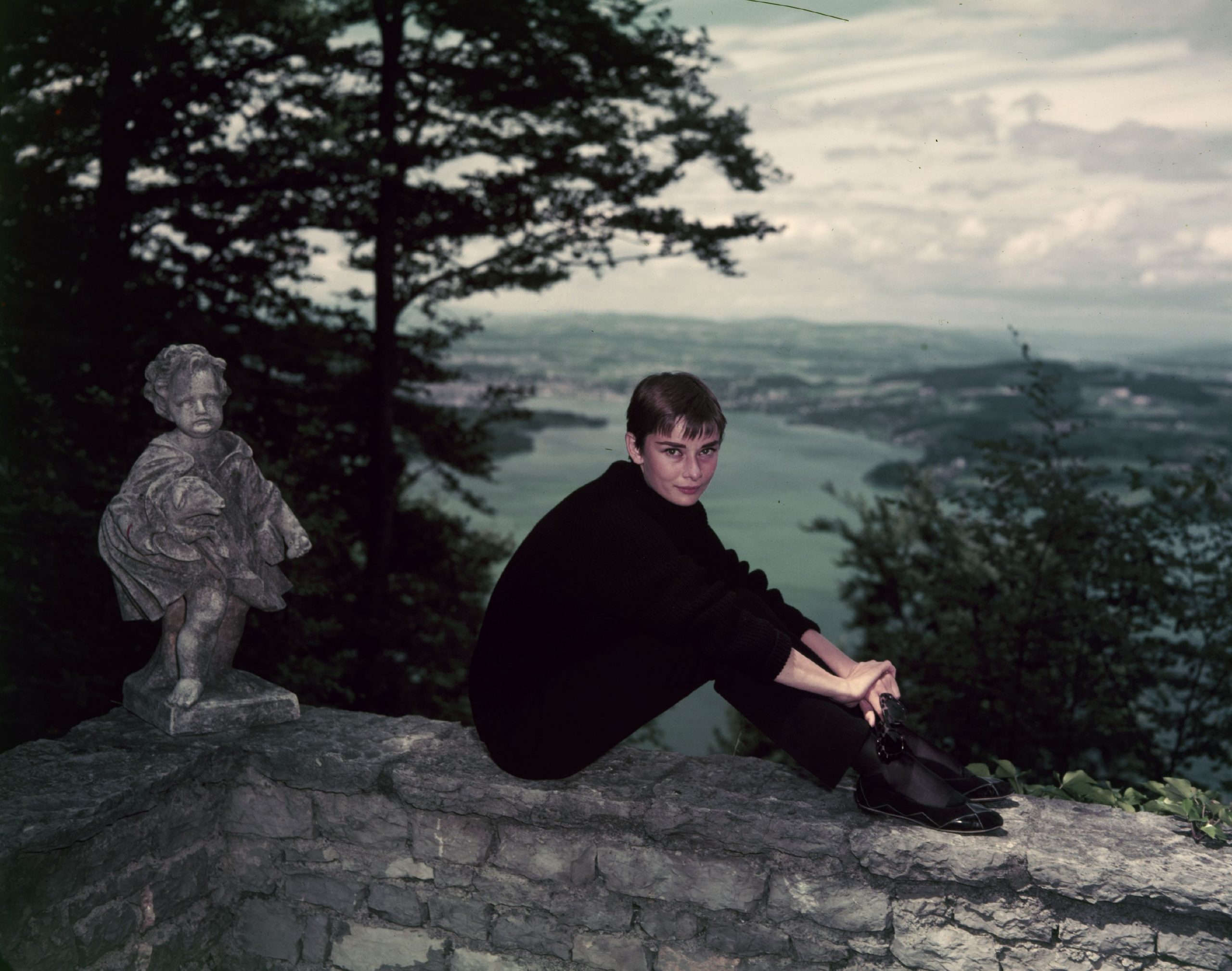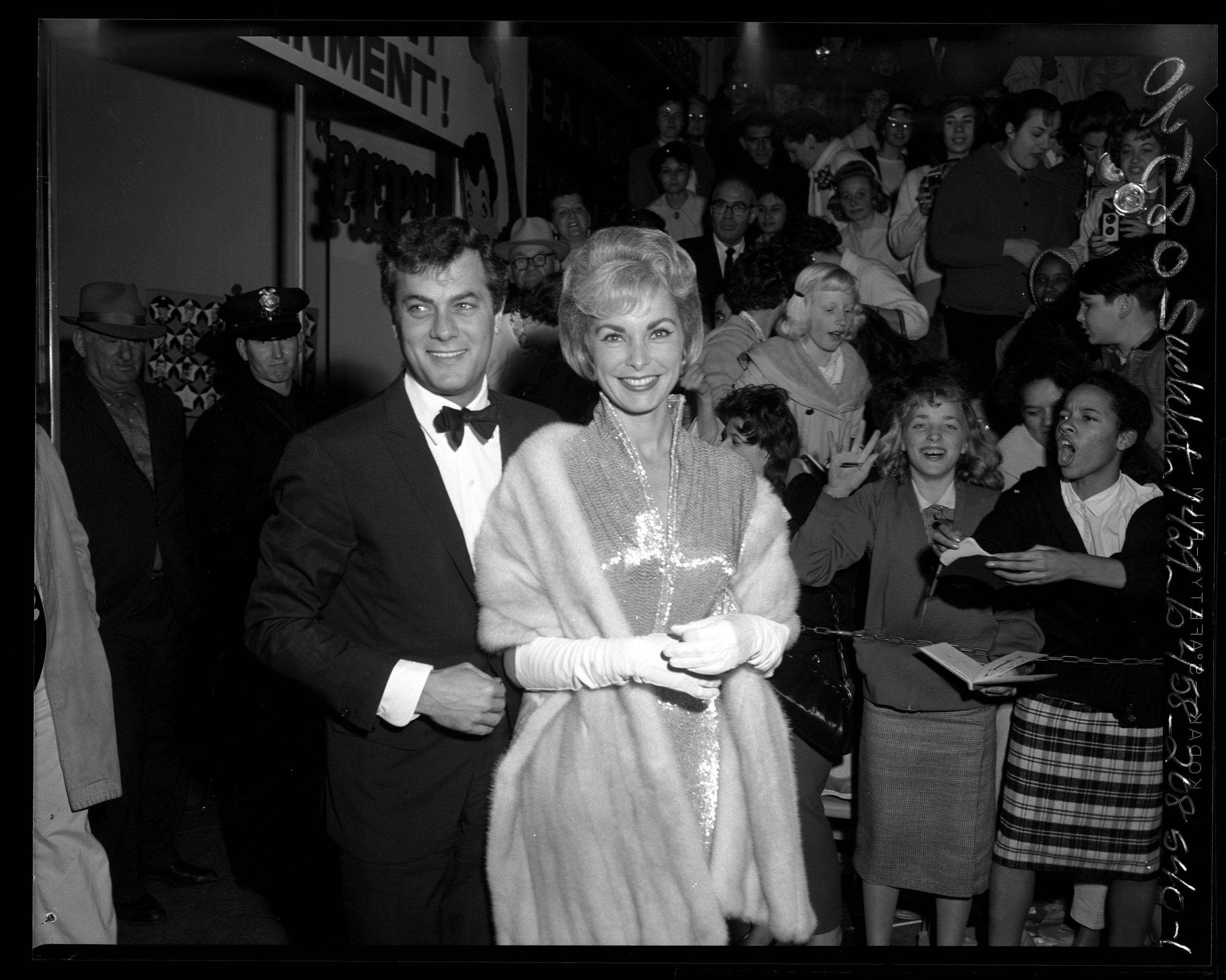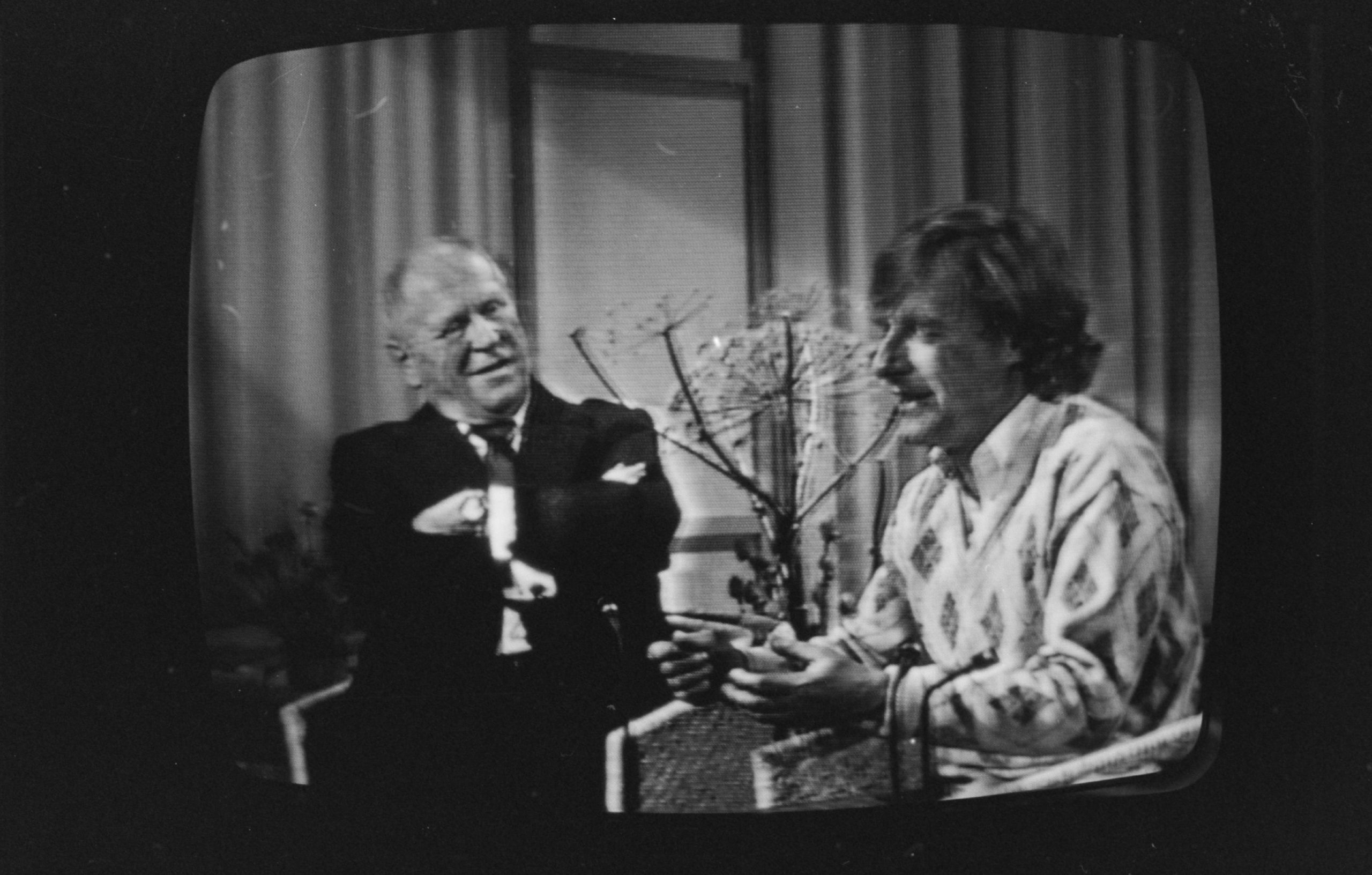She was one of Hollywood’s most famous actresses: Elizabeth Taylor. She immortalized herself in the role of Cleopatra in the 1963 film of the same name: it was a monumental production that took three years to complete. Taylor did not play Cleopatra merely as a seductress: she knew how to fill the role with idealism.
The studio 20th Century Fox hired Elizabeth Taylor for various reasons: In the sixties, Taylor was no longer contractually bound to MGM and signed contracts for individual projects. In addition, 20th Century Fox had reached a low point: all hope was placed in Elizabeth Taylor, she was supposed to bring 20th Century Fox back to the top with her role.
Elizabeth Taylor and Richard Burton
The plan worked: With Richard Burton and Elizabeth Taylor as the drawing cards, 20th Century Fox made a comeback with the three-hour flick. Elizabeth Taylor made a name for herself as a character actress who could authentically portray a historical figure.
During the filming of Cleopatra, a love affair developed between Richard Burton and Elizabeth Taylor: not least because of the great media attention that benefited the actor couple, the film became a box office hit.
Beginnings as a child actress
Elizabeth Taylor was an actress from an early age: in 1942, at the age of ten, Taylor received a seven-year contract with MGM Studios.
In the film National Velvet (1944), Taylor played her first title role at the age of twelve: director Clarence Brown was best known for his work with Greta Garbo.
Since the film was very profitable, MGM worked out an image for Taylor: For some time, Taylor played the animal-loving “girl next door.” To emphasize her image, even a book was published under her name, testifying to her love of animals.
First success as a leading lady
The films in which Elizabeth Taylor played her first adult roles are little known to this day: At first, it was open whether Elizabeth Taylor would follow up on her successes as a child actress. Many actors who had started out as child actors had a hard time gaining a foothold in the film industry as adults.
But Elizabeth Taylor was to be an exception: In the film A Place in the Sun (1951), Elizabeth Taylor enjoyed her first major success as the Leading Lady alongside Montgomery Clift. Taylor’s role in A Place in the Sun was decisive for her further film career: from then on, she was repeatedly cast in the role of the high society lady.
Giants: James Dean’s Last Film
In 1956, Elizabeth Taylor starred in the last James Dean film, Giants: Initially, it was not clear who would take the role of Leslie Lynnton Benedict. Besides Elizabeth Taylor, there was another name in the running: Grace Kelly. But Grace Kelly announced her engagement to Prince Rainier of Monaco shortly before production started, which is why MGM decided not to lend Grace Kelly to Warner Brothers for Giants. Other sources claim that director George Stevens left it up to Rock Hudson to decide whether Taylor or Grace Kelly should play the lead. Hudson, they say, chose Elizabeth Taylor.
To this day, not least because it was James Dean’s last film, Giants is one of the best-known films starring Elizabeth Taylor.
In the late 1950s, Elizabeth Taylor starred in two film adaptations of works by author Tennessee Williams: Cat on a Hot Tin Roof (1958) and Suddenly, Last Summer (1959) made Tennessee Williams’ works known outside the theater world. Both films were enormously successful and transformed Elizabeth Taylor into a character actress.
Marriage and Shakespeare
When Elizabeth Taylor married Richard Burton in 1962, the careers of both actors changed: during the first five years after their marriage, all the films in which the couple starred enjoyed great success. The plots of the films fulfilled the expectations of the audience: often Taylor and Burton were also spouses or lovers in the movies. In 1967 Elizabeth Taylor starred in the Shakespeare adaptation The Taming of the Shrew: Taylor starred alongside Richard Burton. Richard Burton had been a successful Shakespearean actor before his Hollywood career – now he also introduced his wife Liz Taylor to Shakespeare’s work.
The image of an actress
In the seventies and eighties, Elizabeth Taylor had passed her zenith as an actress: in 1976, she starred in the Soviet-American co-production The Blue Bird. It was the only film made as a co-production between the U.S. and the Soviet Union at the time of the Cold War.
Elizabeth Taylor learned at an early age what it means to generate an image and stay true to it: Her life away from acting, often filled with press appointments and public appearances, always formed part of her screen image.
At MGM Studios, she was built up to become one of the most famous female movie stars. She holds this status to this day.

 Deutsch
Deutsch
